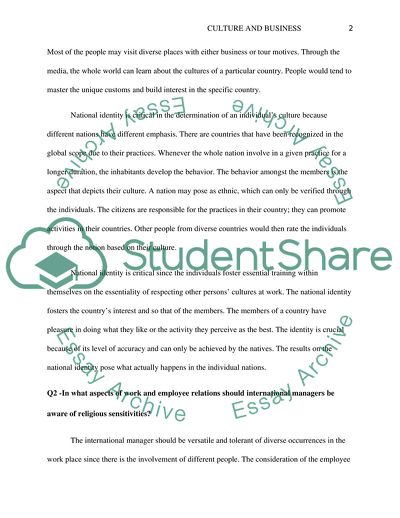Cite this document
(The Significance of National Identity Assignment, n.d.)
The Significance of National Identity Assignment. Retrieved from https://studentshare.org/human-resources/1759967-culture-on-business
The Significance of National Identity Assignment. Retrieved from https://studentshare.org/human-resources/1759967-culture-on-business
(The Significance of National Identity Assignment)
The Significance of National Identity Assignment. https://studentshare.org/human-resources/1759967-culture-on-business.
The Significance of National Identity Assignment. https://studentshare.org/human-resources/1759967-culture-on-business.
“The Significance of National Identity Assignment”. https://studentshare.org/human-resources/1759967-culture-on-business.


